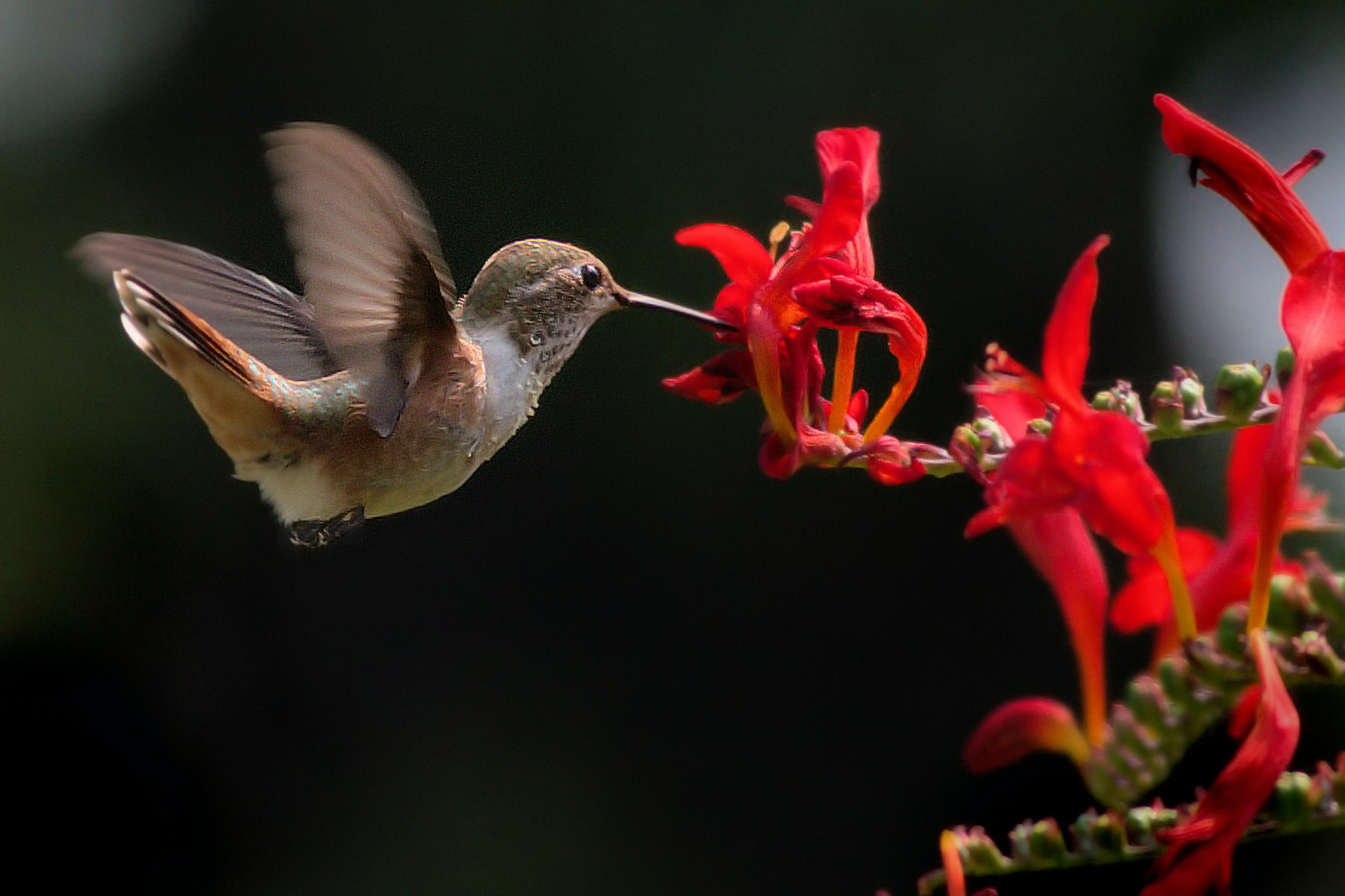Understanding the Torpor State of Hummingbirds
Hummingbirds have a unique sleep state known as Torpor, unlike any other. This intriguing physiological change allows these tiny creatures to slow down their metabolism significantly. By reducing their body temperature and slowing their heart rate to as little as 50 beats per minute, hummingbirds can conserve upwards of 60% of their energy.
Entering Torpor is not effortless. It is indeed a complex metabolic adjustment requiring immense energy. However, the energy saved during this “mini hibernation” outweighs the cost, making it crucial for their survival. Addicted to hummingbirds as I am, an article on birdsandblooms.com perfectly explained this intriguing process under the title ‘Where do hummingbirds sleep?’
Choosing a Safe Roosting Spot: A Ritual for Hummingbirds
Every evening, hummingbirds embark on an important ritual – selecting a safe, secure roosting spot. This is vital to their safety from predators and extreme weather conditions. Twiggy branches, dense shrubs, or even clotheslines; it’s about the strategic, sheltered position rather than the type of perch.
Female hummingbirds have an added responsibility – protecting their young through the night. Using cobwebs and lichen, they create sturdy nests that keep the eggs or baby hummingbirds safe. theyoung ones stay nestled and covered in their mother’s protective warmth. To read more about these fascinating nests, refer to thespruce.com’s article ‘Attract Nesting Hummingbirds.’
The Bizarre Upside Down Sleep of Hummingbirds and their Post-Sleep Ritual
One of the most peculiar aspects of hummingbird sleep patterns is their upside-down sleeping position. This bizarre stance, coupled with their unresponsiveness during Torpor, makes it easy to mistake them for dead. Avoid disturbing a hummingbird during this state, however, for waking up demands a considerable energy surge.
Subsequent to awakening, they flit around to shake off the lethargy, followed by an immediate nectar binge to replenish lost energy. For a deeper insight into this unparalleled hummingbird phenomenon, visit a-z-animals.com’s article titled ‘How and Where do Hummingbirds Sleep?’
The Delicate Balance: Survival and Sleep in Hummingbirds
Entry into Torpor is indeed a life-saver for hummingbirds, but striking the right balance can be a delicate process. A dehydrated or malnourished bird may lack the energy to enter or emerge from Torpor, which can have fatal consequences. I remain awed by the trade-offs that hummingbirds must negotiate between energy conservation and survival risks.
Understanding hummingbird sleep patterns means more than just knowing how the sleep process works. It encompasses a deep respect for the rigorous energy management these tiny creatures navigate daily. I invite you to continue exploring the fascinating world of hummingbirds at HummingbirdParadise.com. However, remember to tread gently to preserve and protect their precious habitats.
<small>Image source: https://unsplash.com/photos/brown-hummingbird-eating-nectar-in-red-flower-wH1XYz7l6Po </small>

